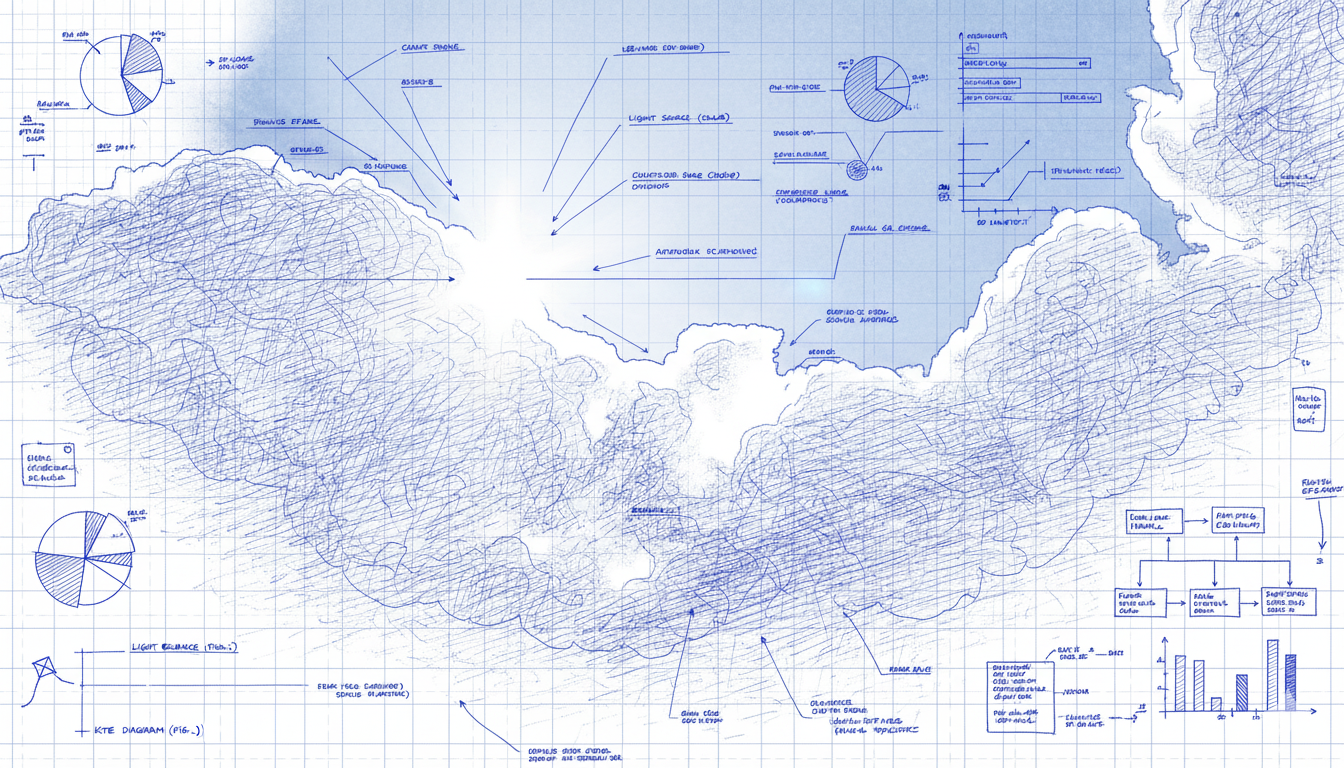The AI silver lining for thought leadership producers

At first glance, it’s easy to conclude that the rise of generative engines such as Chat GPT is bad news for thought leadership. Why bother going to all the effort conducting research, producing in-depth content and coming up with insightful messages and narratives if people now get the answers to all their question through AI engines? Surely that makes all these reports that companies produce redundant.
And more fundamentally, why bother going to all the effort of conducting primary research if you can generate similar results using synthetic data? This is a trend that is already coming to thought leadership, and it’s going to be a mixed blessing at best. On the one hand, it should democratise and accelerate research production, but equally it will lead to a proliferation of similar-looking, me-too and undistinctive content. This makes life easier for content producers but it’s not such good news for audiences who crave quality and originality.
These are disruptions that will be hard to ignore and that will undoubtedly have a profound effect on the way thought leadership is produced and consumed. Yet amid all the doom and gloom, there is a silver lining for the profession. And this comes down the changing way that audiences access information.
Transformation of search
The development of generative engines, such as Chat GPT, Perplexity and Claude, is radically altering the way that audiences find content. In the traditional search paradigm, audiences wanting the answer to a question typically need to wade through multiple links and spend significant amounts of time researching different sources to compile their answer. Now, they can get a response to even the most complex questions almost instantly in a single, concise, relevant summary. AI search tools extract the relevant information for them from multiple sources across the web and leave out everything else.
This has serious implications for companies whose marketing traditionally relied on long-form reports and in-depth thought leadership. When users get accustomed to the instantaneous nature of AI-generated responses to prompts, what role does traditional content still play? Will anyone read reports cover to cover, or will they just go to AI tools for the bits they need and ignore everything else? And how will audiences access your thought leadership if they are not finding it through traditional organic search methods?
These are big questions but, fortunately, the future is not as apocalyptic as it sounds. In fact, the best thought leadership producers should be in a good position to benefit from some of these changes. This is because the principles that underpin good thought leadership – authoritative, trustworthy, data-backed expert content that draws on real-world experience – are also those that help content perform well on newer search tools such as Chat GPT and Perplexity.
The emergence of these tools means that traditional SEO, which is geared towards performing well on search engines such as Google and Bing, is becoming less relevant. Audiences are just not clicking on links in search engine results the way they were before. Instead, they use new AI search tools or rely on AI overviews embedded in traditional ones. This rise of “zero click results”, whereby users never click through to any of the results displayed on the search page but instead rely on AI generated summaries, is leading to a decline in organic search traffic of between 15% to 25%, according to Bain [1].
GEO is the new SEO
Alongside traditional SEO, marketers also need to put a lot more effort into how their content can be discovered via AI tools within search engines or LLMs. This emerging discipline, called generative engine optimisation, or GEO, is now becoming an urgent priority.
The term GEO originates from a 2024 study written by six academics from the US and India, called “GEO: Generative Engine Optimization” [2]. The authors conducted research into the approaches that achieve the best results at securing visibility for content on AI search tool responses. They found that certain simple tactics could boost visibility on these engines by up to 40%. They also proposed a set of metrics for AI search tools to measure this visibility, such as the word count of cited references, their position in the response and the relevance of the material to the user query.
What’s interesting is that the five steps that the authors found do most to improve GEO performance also dovetail with what has been good practice in thought leadership for many years. Other techniques more associated with traditional SEO, like keyword stuffing, were less effective.
The first step that boosts GEO is the addition of statistics. Data-driven evidence in content helps to increase AI visibility, which is good news for thought leadership producers who are accustomed to using primary and secondary data to enhance the credibility of their content. Next was the addition of quotations. AI tools favour the inclusion of personal experience and stories, which demonstrate real-world experience and knowledge. Again, this fits nicely with thought leadership which usually includes quotes from subject matter experts. The citation of sources also matters, demonstrating research rigour and credibility. Finally, content that reads fluently and is easy to understand also boosts GEO performance, according to the study.
In short, original, well-researched, evidence-backed and well-written content will perform well on AI search tools. By contrast, content that has been slapped together using AI, and keyword-stuffed articles from the bottom end of the content marketing food chain, will perform poorly.
What’s also interesting is that AI search tools do not favour the biggest and best resourced websites in the same way that traditional search engines do. The study authors found that applying GEO techniques could enhance the visibility of content from smaller websites in AI search responses, helping to level the playing field and giving them an advantage they previously struggled to obtain. This is good news for smaller companies producing thought leadership, who have traditionally found it difficult to compete for visibility with larger players.
There is no doubt that AI is transforming content marketing and thought leadership. Producers will need to accept that readers are now less likely to read their expertly crafted reports from cover to cover and will instead access excerpts through AI search tools. That will likely require them to change the way they present their content (a topic for another day) but the better news is that there are some advantages from this revolution. Producers of high-quality thought leadership have a GEO advantage over other forms of content, and they should do everything they can to maximise this benefit while they can.
[1] Goodbye Clicks, Hello AI: Zero-Click Search Redefines Marketing (Bain and Company, 2025)
[2] GEO: Generative Engine Optimization (Pranjal Aggarwal, Ashwin Kalyan, Vishvak Murahari, Karthik Narasimhan, Tanmay Rajpurohit, Ameet Deshpande, 2024)
Photo by Chris Linnett on Unsplash

